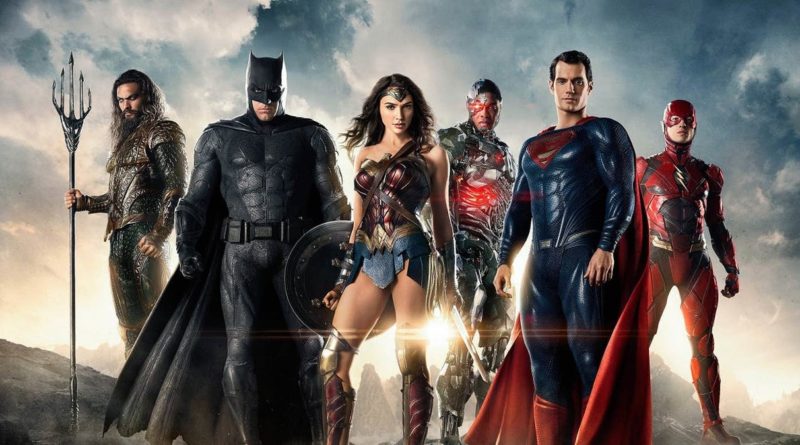Will the Snyder Cut Change Filmmaking Forever?
“This is real,” director Zack Snyder tweeted, announcing the upcoming release of “The Snyder Cut”, something his fans have been clamoring for since 2017. It was a long, sustained campaign by a dedicated following, and it seems to have paid off. With Warner Bros. finally giving these fans what they’ve been demanding, will the move have lasting implications on the Hollywood business model?
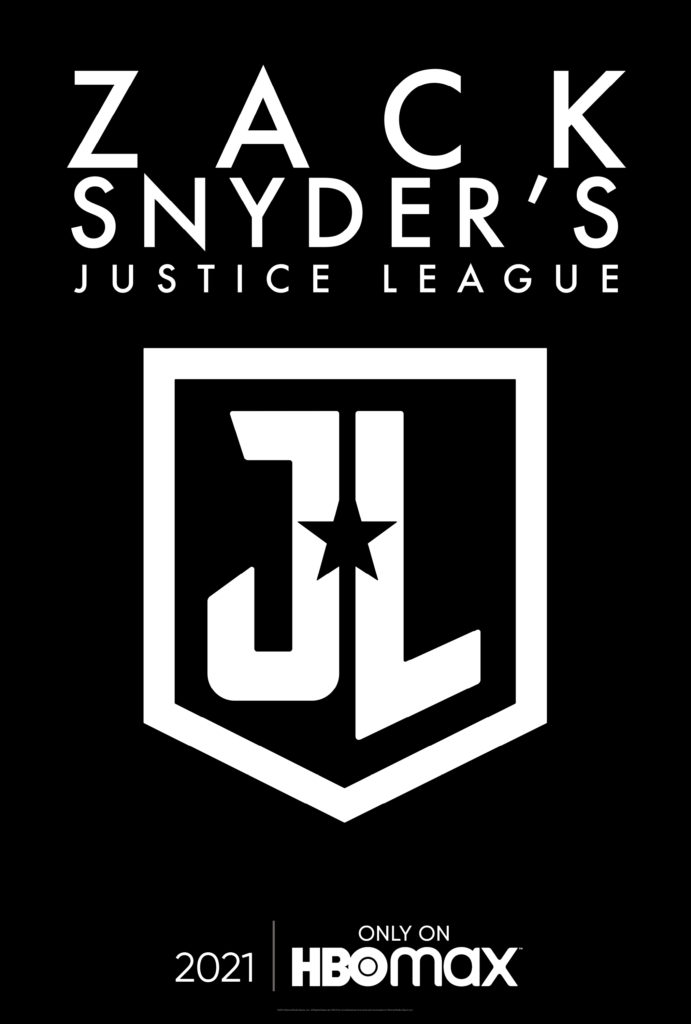
It’s hard to say. Undoubtedly social media has already changed the film and TV production process. Audience feedback is not only vocal, but immediate. One well-known example of an audience changing the creative course of a popular show is when LOST creators entirely scrapped the planned story arc for two new characters in Season 3 due to the negative reactions from fans after their introduction. Instead of moving forward with the original vision, LOST’s writers chose to bury those storylines, along with the fictional characters, writing them off the show later that same season.
Another prominent example of “participatory fandom” came recently with Sonic the Hedgehog. Backlash over the look of Sonic in the trailer led to the studio completely redesigning its lead hedgehog.
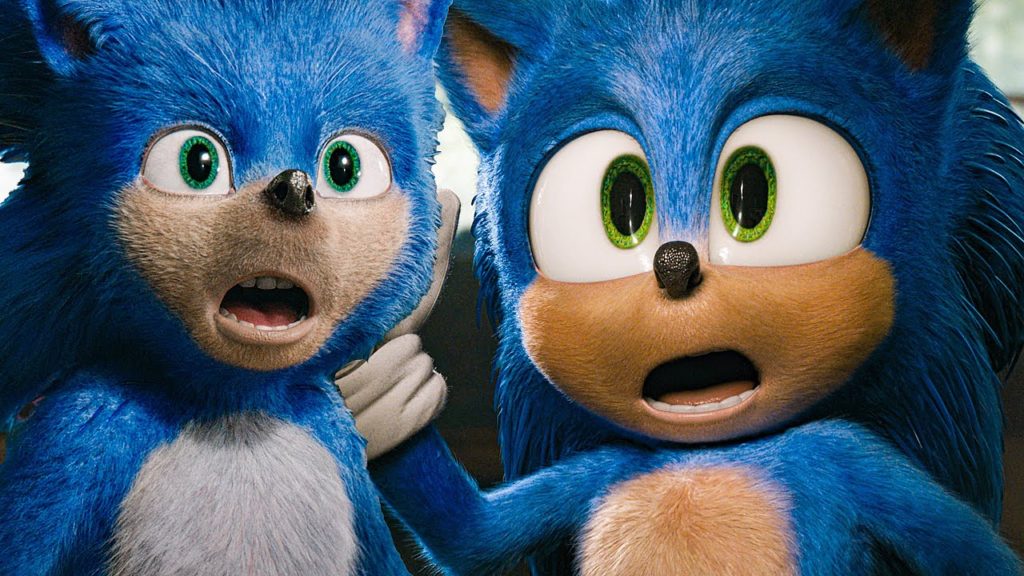
But are these always the right choice? Well, that certainly depends on what you mean by right. In the case of Sonic, it likely saved the film considering it went on to perform incredibly well at the box office, only slowing down because the outbreak of COVID-19 brought about social distancing and theater closings. In the case of Paolo and Nikki, the new and short-lived LOST characters, it’s impossible to say what could have been.
While there is certainly something to be said for box office numbers or ratings, they are not necessarily an indicator of quality. There are many great TV shows and underrated films that didn’t achieve financial success, but are now regarded as classics (cult or otherwise).
So, when we’re talking about quality, opening up the creative process to “the fans” can be a dangerous proposition. As podcaster Nikhil Kasbekar put it, Warner Bros. has “kind of opened Pandora’s Box.” Nikhil co-hosts a new podcast focusing on superhero movies called We Understood That Reference. In the latest episode of the podcast, Nikhil and his co-host discuss the ramifications of The Snyder Cut, along with how it came to be and what we might expect from it. “It’ll be interesting to see what happens with fans becoming increasingly more vocal and increasingly more in the driver’s seat when making creative decisions,” says Nikhil.
Of course, Hollywood has long looked to movie-goers for making some creative decisions. Most, if not all, major productions are focus-grouped and tested, with changes being made based on the feedback. The big difference here is just who makes up the group getting to weigh in, and of course the timing. In the case of Sonic, audiences were able to catch a mistake before the movie launched. However, in other movies, like the controversial Sequel Trilogy of Star Wars, we’ve seen fans weigh in long after it’s too late to change course, even calling for an entire remake of Episode IX.

Of course, timing will always be an issue, especially for movies. Television generally will have more time to adapt to audience response, for better or worse, but movies won’t be able to make changes until they’ve wrapped, which could certainly make for awkward and contradictory sequels if the creative vision bounces back and forth between films in a series based on the prevailing winds of fan opinion. But the really important thing with The Snyder Cut is that this wasn’t simply a matter of fans saying what should or shouldn’t happen in the Justice League movie, but rather voicing their support for leaving those decisions up to one specific person: Zack Snyder.
“You have the directors and the artists pushing for creative license, and now you have the fans on their side. So it’s going to be a real push and pull.”
Nikhil, The Snyder Cut – WUTR Podcast
It can certainly be alarming to think of studios opening up creative decisions to a loud and vocal mob of fans, but studios putting their trust in one talented, creative visionary, well there’s an idea that might work!
The Marvel Cinematic Universe has had its own issues of lackluster vision (not to be confused with Vision) which could perhaps be blamed on its attempt to go broad and appeal to everyone in the mainstream. The Thor films in particular had been a weak point in terms of critical reception, with Thor 2 (The Dark World) being the lowest Tomato-rated film in the MCU at 66% fresh. That’s even lower than the often forgotten The Incredible Hulk which comes in at 67% fresh.
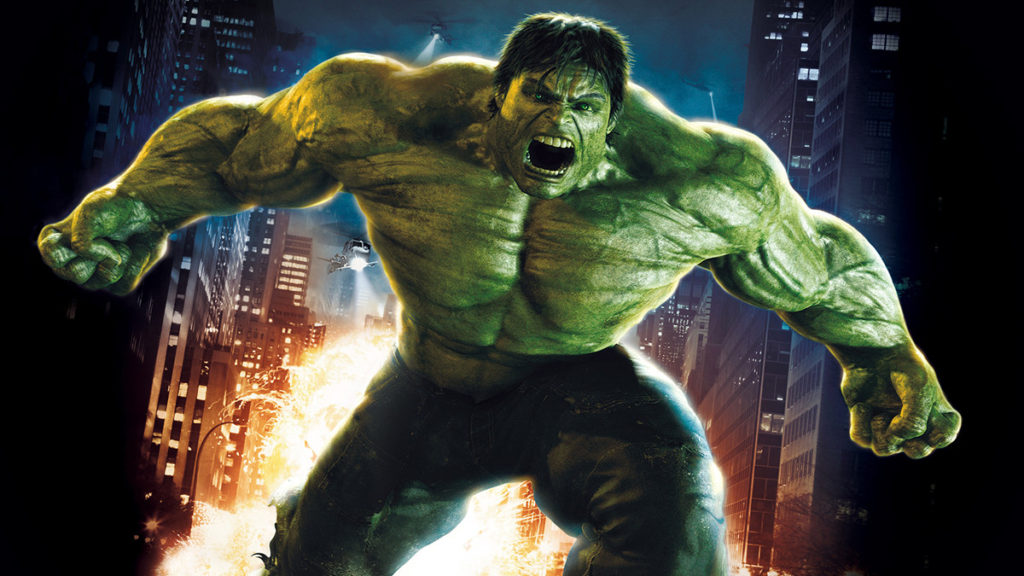
But Thor 3 (Thor Ragnorak) turned that around, bringing in a whopping 93% fresh rating. What changed? The studio brought in Taiki Waititi and handed him the reins to the Thor franchise. The end result was something nobody ever expected from a Thor film, namely a good movie.
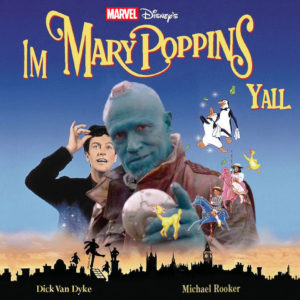
Something similar likely happened with Guardians of the Galaxy which was entrusted to James Gunn. Since Guardians was a departure from the main MCU films, Gunn had a bit more freedom to give it a unique voice and style. These characters are off in space somewhere, unaware of and irrelevant to the goings-on of Earth and its team of Avengers. So Gunn didn’t have to worry about making his film fit into an existing film series.
At the end of the day, maybe what makes a good film is a good filmmaker, and a strong fan base can give those filmmakers the extra power they need to stand up to studio executives and make the films they want to make. There’s no shortage of people who will tell you that often what dooms a film is having too many cooks in the kitchen, and when you have non-creative people, like some studio executives or licensing and marketing people, adding two or three cents into the process, you can see how it’s easy to make some expensive and flashy nonsense nobody understands or likes.
This can still backfire, though. There are bad filmmakers out there after all, or maybe just filmmakers you don’t particularly like. That could certainly be the case with Snyder too. His DC films were poorly received and underperformed at the box office, but the people who like the Snyder style really, really liked them. And that’s the trouble with art. You can’t please everyone, unless you’re Black Panther.
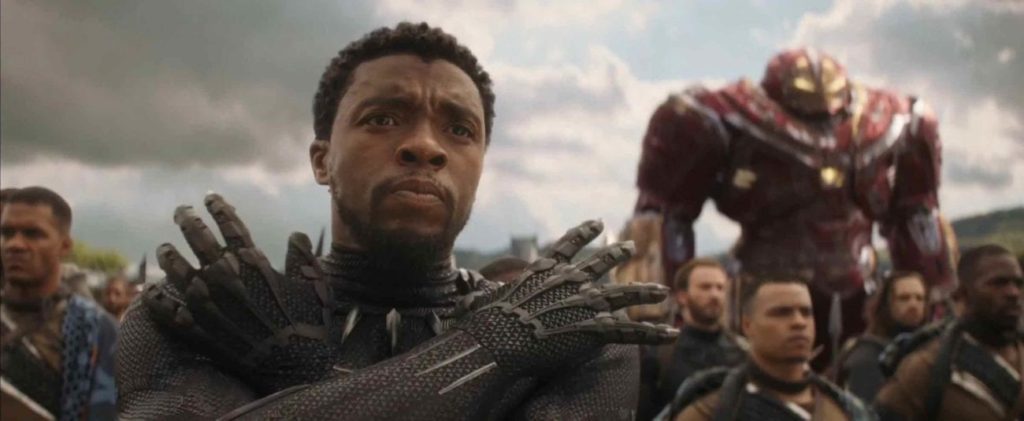
Ultimately, Snyder’s vision for the DC film universe was probably not what Warner Bros. wanted, and we shouldn’t expect future DC films to stick to the style or aesthetics of the Snyder Cut once it’s released. The studio’s motivation is to make as much money as is possible, which means their superhero films need to be more mainstream and enjoyable for the whole family. They’ve likely found the right chord with Aquaman and Wonder Woman, so those two are probably more indicative of the future direction DC films will take.
Still, we’ll now have The Snyder Cut on HBO Max, which may not be a mainstream hit, but it will likely be exactly what Snyder fans love, and there’s the real power of this fandom approach to content creation: streaming.
With theatrical movies and tentpole franchises, it’s impossible to avoid the need to go mainstream. You have to create a blockbuster that everyone on Earth sees, not only for the ticket sales, but for all the licensing opportunities (Happy meal toys, board games, Halloween masks, etc.)
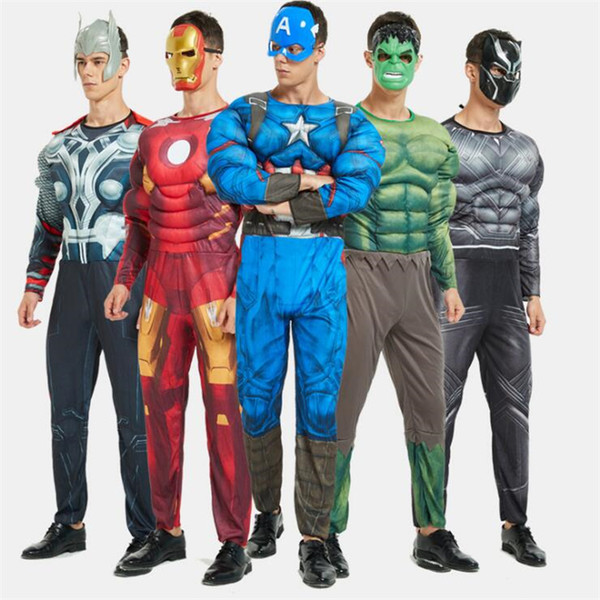
But with streaming, the model is very different. There can still be mainstream hits, sure, but because you’re after subscriptions, a niche approach can be very effective. A few passionate fans will gladly subscribe for that thing they really love, and why not enjoy a few other things the service has to offer too. Meanwhile, something fairly run-of-the-mill that everyone likes might not inspire enough passion to bring in the subscriptions.
While we can’t always be certain studios will listen or even that fans will get it right, we can be certain that fan participation has become part of the process. Fans are speaking out now more than ever, and their voices are having an impact. This is real.
